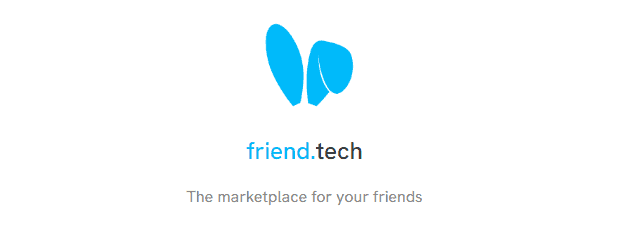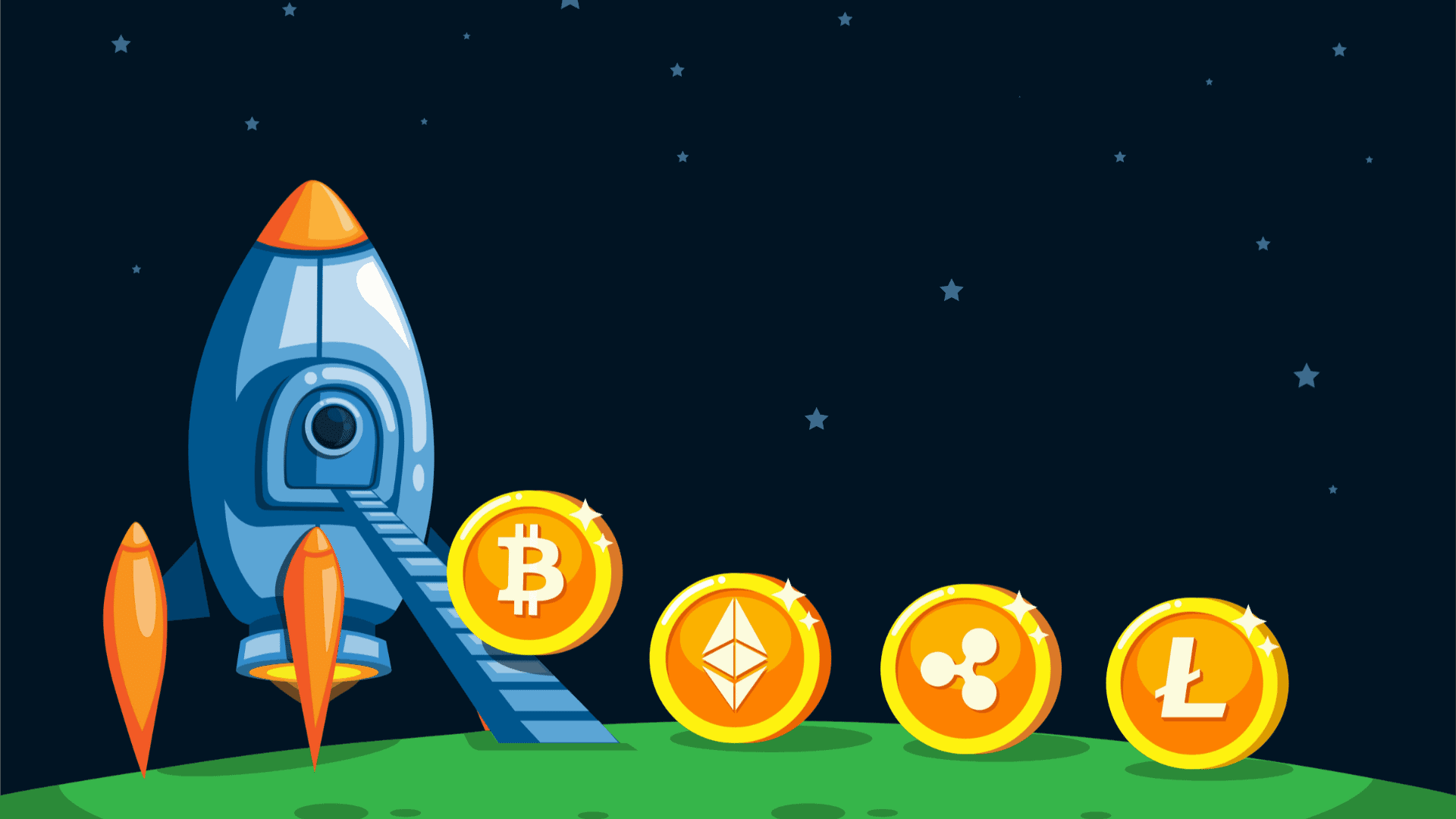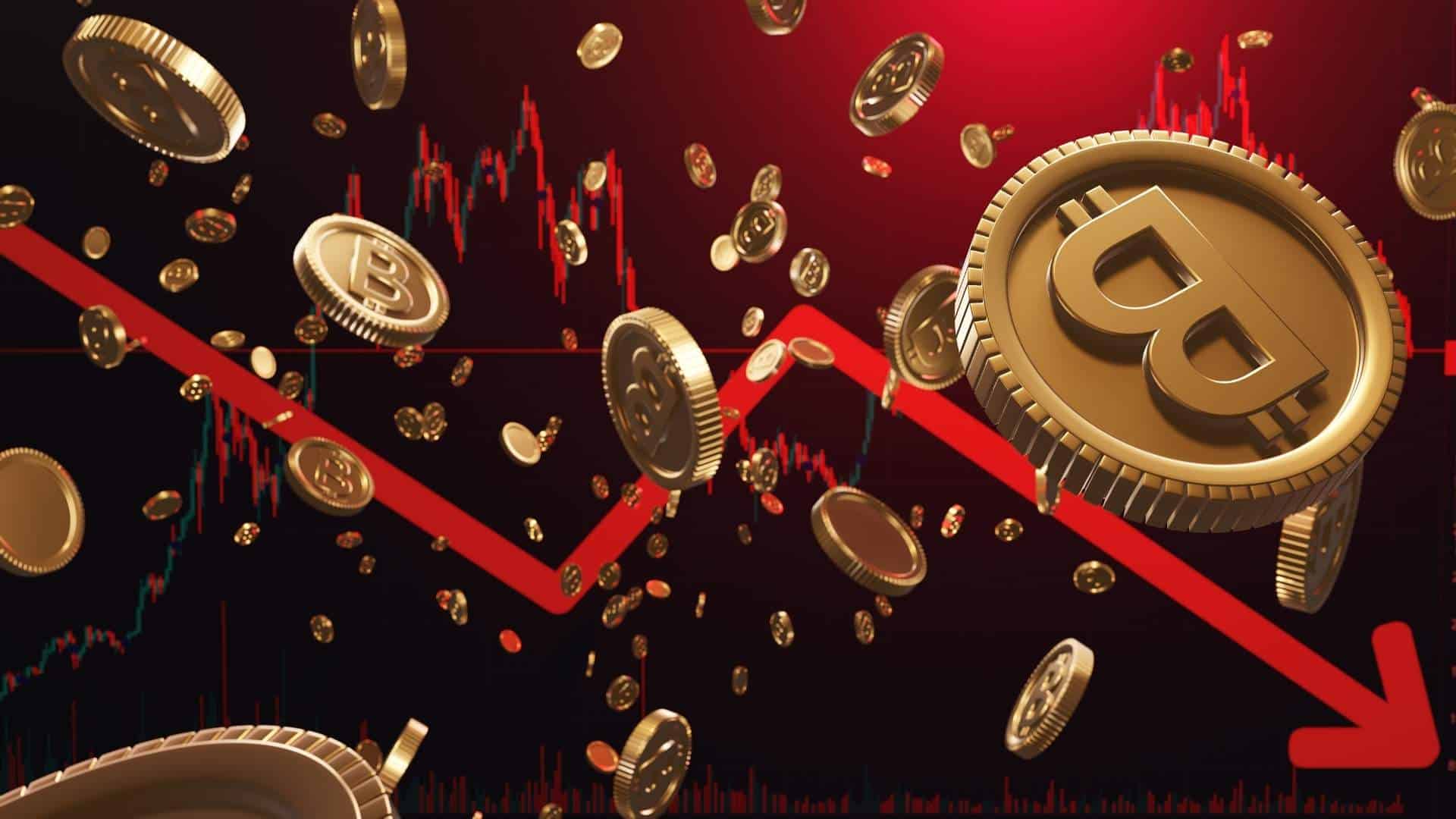With the significant strides made in technology, internet users still don’t have control of the data they share. Whether it is on the social media platform or in the websites we access, all internet users have to rely on third parties and intermediaries to obtain or publish information. Ethereum is a unique technology that hopes to fix this internet flaw using its blockchain technology. Ethereum believes that the reliance on third parties is one of the internet’s design flaws.
Ethereum is utilizing the platform to create decentralized applications that are similar to the Gmail and Uber of the internet. The only difference is that unlike Uber or Gmail, the ethereum decentralized applications will not rely on third-party apps or services which function as intermediaries to manage the user’s data
The function of decentralized applications is to connect users of these apps and their providers directly. One perfect example Is the design of a decentralized Twitter that will be resistant to any and all forms of censorship. Once users using the decentralized twitter publish content on their Twitter feeds, the information will not be able to be taken down even by the company that owns the twitter platform.
There is no single one definition of decentralized application since it is a new concept. The main characteristics of this new technology is that is that it has no central point of failure. With this feature, developers are excited at the technologies they stand to decentralize. However, it should be noted that the applications that can be built using Ethereum’s computing platform are currently narrow.
Ethereum white paper categorize decentralized applications into three categories: applications able to manage money, applications that the use of money is involved and applications in other categories which are mostly voting and governance systems. The first class makes it necessary to exchange ethereum for settling contracts using the nodes distributed on the network as a means to facilitate data distribution.
The 2nd category of decentralized application mixes money with information outsourced from outside the blockchain’s network. An example is a crop insurance application that is entirely dependent a weather feed found externally. The execution of these smart contracts relies on oracles that are tasked with relaying up to date external information about the external world. Developers are however skeptical the complete functions of these services can be availed through a decentralized way.
If bitcoin is capable of making the conventional financial institutions go extinct, will it be possible to create other decentralized applications that are capable of doing the same to other companies and organizations? Decentralized autonomous organizations are a new breed of ambitious decentralized applications. The goal of DAO is the creation of a leaderless corporation; this can be achieved by programming the rules at the beginning on how members will be able to vote and release the company’s funds, then let it go.
Decentralized applications are apps that can run without the interference from external entities, have no central point of storing data, can’t be switched off and manages its data without the use of third parties.




